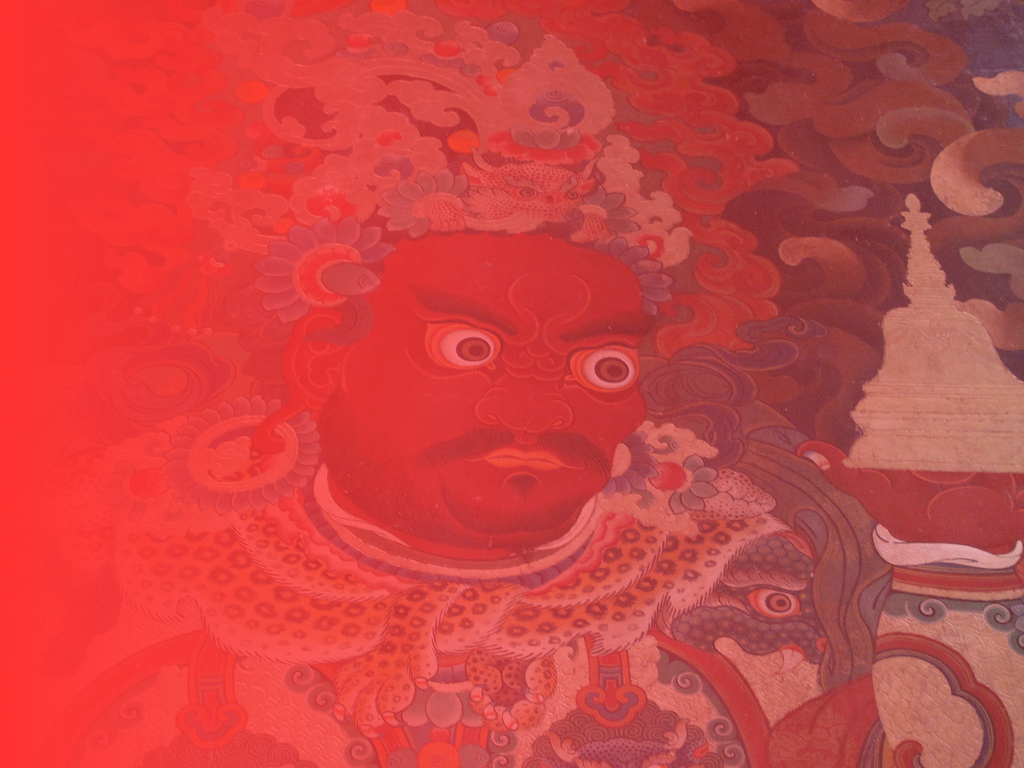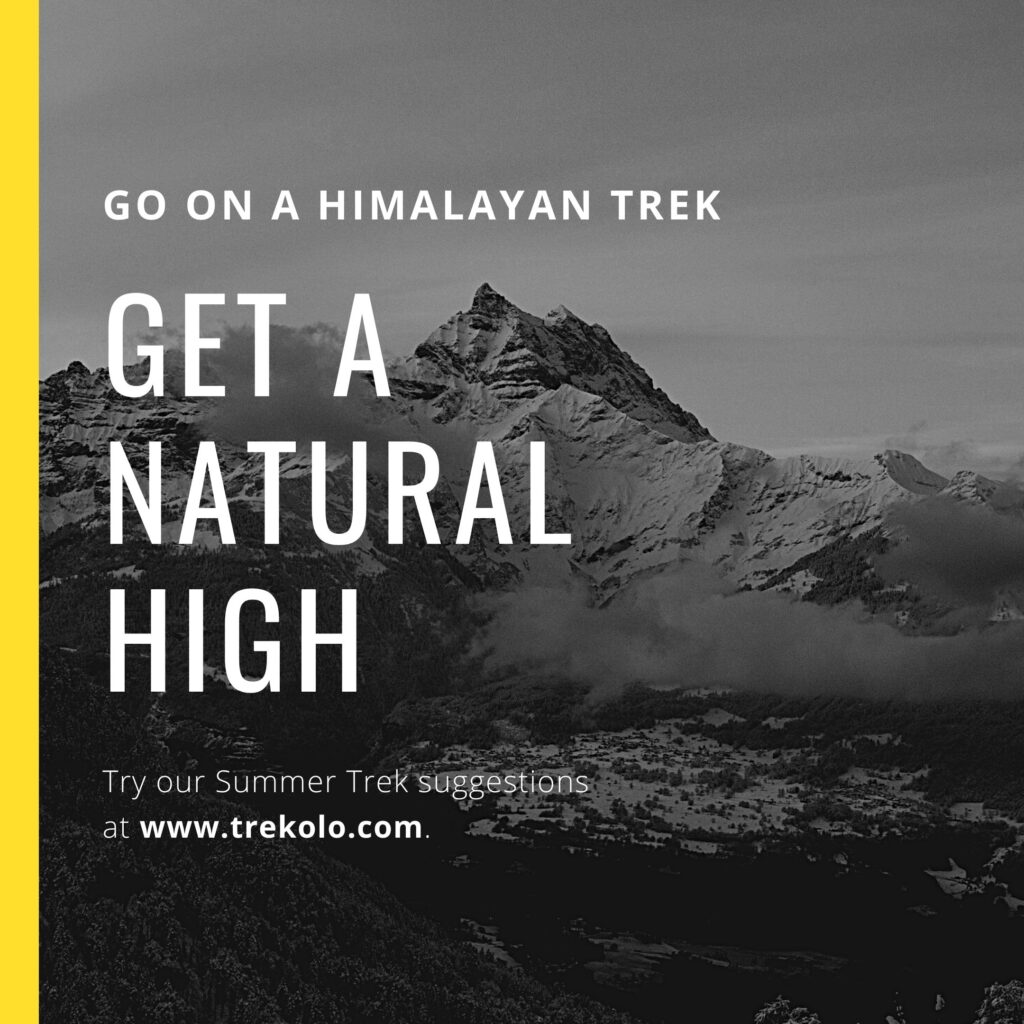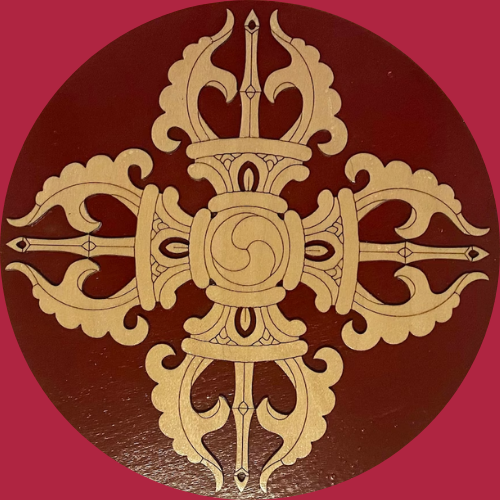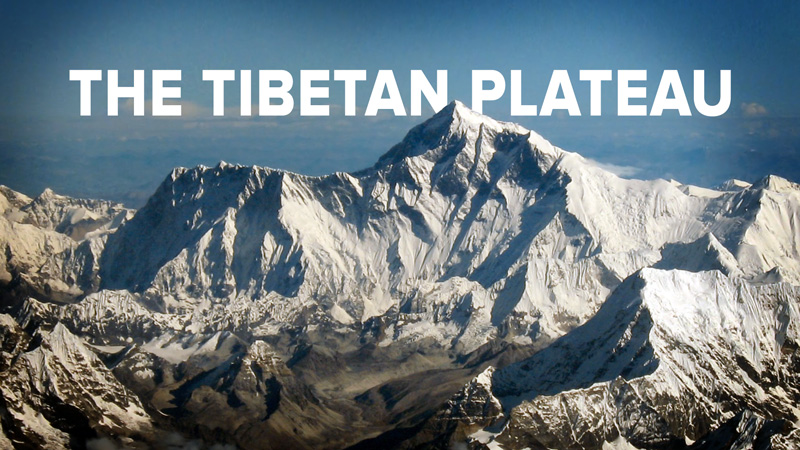15 Days Lhasa
Tibetan Plateau beyond Yarlung Valley –
སྲོང་བཙན་སྒམ་པོ
Emperor sent Thonmi Sambhota to India for devising a script for their language which led to the creation of literary works. The script also helped to maintain court records & translations. Even constitution in Tibetan script were drafted on that time.
History begins with activities in Tibet from later Paleolithic age. The cultural aspects of Lhasa – Holy Land / Place of Gods, as it is known to many, can be visited for religious, political and cultural rejuvenation.

The pastoral area of Tibet is one of the five biggest in China, in which sheep, goat and yak are grazed. Farming crops are mainly highland barley, wheat, bean as well as apple and walnut are also found in this Trans Himalayan region. Tibet has a forest coverage of 60,000 square kilometers, which is the second largest timber deposit in China. Tibetan forests are located in the southeastern Tibetan Plateau, where the climate is dominated by the Indian monsoon.
ROOF OF THE WORLD
Tibetan Plateau with an average elevation of 4,000 meters above the sea is well-known as Roof of the World. A land locked region in between China, Nepal and India.
SURROUNDED UNDER RANGES
Elevation of Tibet is at a range of 4000 m (13,000 ft) surrounded with ranges on 3 sides. The awe-inspiring mountains in southern Tibet comprises major peaks of Asia, a great place for rugged adventure, one of the most unusual regions of Asia, unknown and undiscovered.

Tibet
Guide for in-depth information on historical, cultural and natural aspects of the sites covered within Lhasa for explorers
Itinerary
₹ 1,03,000/-
15 Days Kathmandu – Lhasa
Day 1
Arrival in Kathmandu
Welcome at Tribhuvan International Airport. On your arrival, our executive will set your transfer at a hotel in Kathmandu.
Day 2
Kathmandu – Pokhara
Ride towards the lofty mountains of Annapurna Range. Pokhara is on the foothills of these ranges that offering an amazing view to every corner of the range.
Day 3
Pokhara
The Valley of Pokhara has waterfalls, caves and gorges. One of the memorable activities to do is to go for a boat ride in the Phewa Lake. The mountain ranges can be seen reflecting its image on the lake. A temple devoted for Barahi, is for worship.
Day 4
Pokhara – Chitwan
Leave for Chitwan after breakfast. You will stay in a reserve forest in Nepal. So, be prepared to witness hymns of the wild.
Day 5
Chitwan
On this day, an elephant safari will take you to the jungles of Chitwan, considered noteworthy in Nepal for the preservation of endangered one horned rhino. A nice opportunity for witnessing wild flora and fauna of Nepal.
Day 6
Chitwan – Kathmandu
It`s time to return to Kathmandu valley by afternoon to have Nepali Chulo and local delicacies in some of the historical spots of Kathmandu Valley.
Day 7
Zhangmu – Xegar
On this day, we will reach Xegar, a small town at the foot of the ruins of Xegar Dzong, a well-known place among the mountaineers in Tibet.
Day 8
Zhangmu – Xegar
A place around Mount Everest, Xegar is at the base of the highest peak in the entire world. Real Tibet can be witnessed from here, for intricate changes in the landscape. Here, the religious significant goenpa represents cultural aspect of Tibetans.
Day 9
Xegar – Xigatse
Xigatse has one of the most impressive fortresses. The Gyantse fortress is one of the well preserved dzongs inside Tibet. Perched high above Gyantse on a huge spur of grey-brown rock. Xigatse serves as the seat of Panchen Lama, Xegatse is a place surrounded with a typical skyline of Tibet. It has one of the important monasteries inside Tibet, the Tashilhunpo.
Day 10
Xigatse – Gyantse
Gyantse has more than 8000 inhabitants, situated at 4000 meters above sea, Gyantse has the biggest chorten in entire Tibet, inside Palcho Monastery & is named as Kumbum. 14 CE. ruins of the Dzong is here, that reigns over Nyang Chu valley.
Day 11
Gyantse – Lhasa
The last and final destination to visit in this trip is Lhasa, the Tibetan capital. Indulge yourself on a great road trip in this unique plateau, the scattered villages with infinite Gompa in your way in Tibet can make this vacation amazing.
Day 12
Lhasa Tour
Once a lost city in the middle of nowhere, Lhasa is nowadays linked with major places. The Tibetan capital has changed a lot. Still the impressive culture and people of Lhasa are remains vibrant.
We will devote our day to visit Dalai Lama’s Palace in Lhasa which is a UNESCO Cultural Heritage Site. Take advantage of the evening to soak the urban life of Lhasa.
Day 13
Lhasa
Let`s visit the Norbulinka Palace and the main Universities of Gelukpa Sect of Tibetan Buddhism. Sera & Drepung in Lhasa, are the prestigious Monasteries which remains important centers of knowledge in Tibet.
Day 14
Lhasa – Kathmandu (LXA-KTM)
We will get back to Nepal. Enjoy your last day on the streets at Thamel. Explore quieter Lazimpat area for your shopping grudge. Do select a massage and have dinner at a traditional restaurant.
Day 15
Tribhuvan International Airport
Airport Transfer
Inclusion & Exclusion
Inclusion
- Breakfast
- Accommodation
- Transfers & sightseeing by A/C vehicle
Exclusion
- Flight Fare
- Entry fees
- Train tickets/passes
- Camera and video permits
- Goods and Service Tax (GST)
- Meals not specified in inclusions
- Anything not specified in inclusions
- Personal expenses like telephone, tips, laundry, etc.

